If I hadn't witnessed with my own eyes the process of Nguyen Van Truong (22 years old, living in Da Nang City) patching and repainting paper money that was created hundreds of years ago, I would not have believed that in Vietnam there was such a strange and "unique" profession.
THE PROFESSION OF DILIGENCE
Having developed a passion for collecting old banknotes since his student days, Nguyen Van Truong left his hometown of Vinh Linh (Quang Tri) for Da Nang City to start a career in exchanging and trading old banknotes when he was only in his twenties. Every time he held old but tattered banknotes in his hands, Truong felt regretful, telling himself, "If only they were still intact, they would be worth a lot." After many times like that, Truong decided to try patching up the torn banknotes and restoring them by redrawing the original lines. "That was also a way to test my painting talent after I dropped out of the fine arts department (Hue Pedagogical College) in 2021," Truong said.
The first banknote Truong restored was a torn banknote made of old paper. Every time he held the banknote in his hand, the biggest question Truong asked was what kind of paper was suitable for patching. He asked around for advice from people who had a lot of experience with old banknotes and learned that the shops selling old books printed on straw paper were more likely to match the old banknotes. Every time he went to the bookstores in Da Nang, Truong brought back a lot of old books to experiment with. After many patches, Truong finally concluded that the most suitable type of paper was the pages of old books printed in the 1960s.

Nguyen Van Truong is restoring an old banknote. PHOTO: HOANG SON
“To restore a banknote, I have to accumulate a lot of old books so that every time I receive money from a customer, I won’t have to search for paper anymore. However, sometimes I buy dozens of kilos of books but only get a few pages without any printed text, or only get a very small margin,” Truong shared. To make a torn banknote intact and revived as original, it has to go through many stages. First, he has to patch the torn part with paper, then press the banknote to make it hard to make it rough. “To make the banknote look natural, I have to use a tool to shave the paper thin, so that the seams cannot be seen with the naked eye. Next, press the paper to make it very flat. The final stage is to redraw the lost lines on the part that has just been joined to the original banknote. That is also the most difficult stage,” Truong shared.
Truong showed me the old banknotes that he had just successfully restored. Comparing them with the original copies before they were processed by him, it was really hard to tell with the naked eye that they were banknotes that had faded or had some parts torn off… To get that result, Truong had to practice patiently every day and be meticulous in every stroke.
BAMBOO PEN MASTER
Truong's talent for drawing lines to restore ancient money reminds me of the character of a male artist who draws a realistic-looking 100 USD bill in a Hong Kong movie released in 2018. Of course, compared to this fictional character, Truong cannot compare. But if he draws a bill on paper, Truong can completely do it with colors, patterns, lines... very similar to the original bill. Showing me the 100 VND bill he drew, Truong explained further: "Each bill is a different color palette. The bill model redrawn for entertainment may not have the exact color. But with restored money, it is essential to find the exact color, the same as the bill that has been stained by time."
It took Truong a whole year of experimenting with the mixture before he found the secret to getting the same color. Another difficulty is that the patched paper is made of recycled paper that is easily stained, so the color composition must also be carefully controlled. Otherwise, just one stroke of the pen will ruin the newly patched paper, and all the effort of patching, pressing, and shaving the paper will be wasted. According to Truong, the most difficult part of restoring ancient coins is drawing tiny patterns and motifs on the paper. At first, Truong was frantically looking for pens with sharp tips but still could not draw the right thinness. To draw these lines, Truong created a unique tool kit with pens sharpened from bamboo with super sharp tips, allowing him to draw a background line for the larger pens to draw on top.
“I once restored the Thanh Thai 20 Piastres banknote – one of the first banknotes of Vietnam about 100 years ago. The banknote was torn into 3 pieces, so it was very difficult to peel off the glue without losing the color, and the reassembling had to be done meticulously. The color of this banknote is also very special… It took me 15 days to restore it. When receiving it back, the customer was very happy because the banknote was not only valuable but also meaningful to the owner,” Truong said. He has also restored many valuable banknotes, such as Thanh Thai banknotes of various denominations, test prints, Indochina banknotes, Uncle Ho banknotes made of straw paper… These types of banknotes are very difficult to restore and take a lot of time.
“Is there any type of paper money that Truong cannot do anything about?”, I asked. Truong said that these are bills that have been chemically treated to make them new or bills whose paper has become worn out. When receiving such bills, Truong will refuse because he is worried that not only will he not be able to restore them, but he will also damage them. “There are old bills that have little value, while the restoration fee is sometimes equal to that bill. I will discuss with the customer so that they can consider whether to do it or not. If they want to do it, I am willing. Depending on the difficulty and the customer’s restoration requirements, the cost can range from a few hundred thousand to a few million VND,” Truong shared. (to be continued)
Thanhnien.vn
Source: https://thanhnien.vn/nhung-nghe-doc-la-phuc-sinh-nhung-to-tien-co-185241014233405929.htm


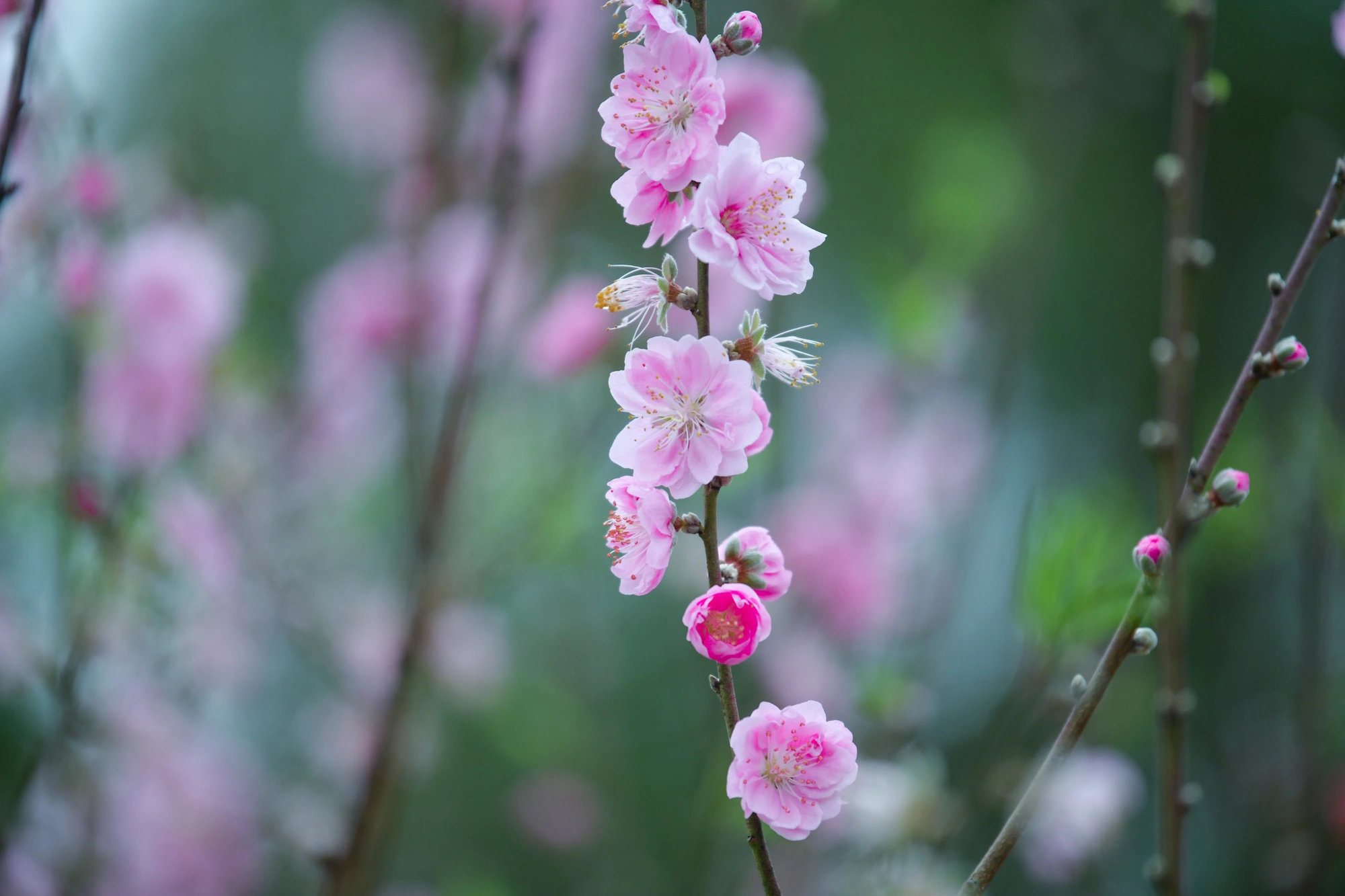
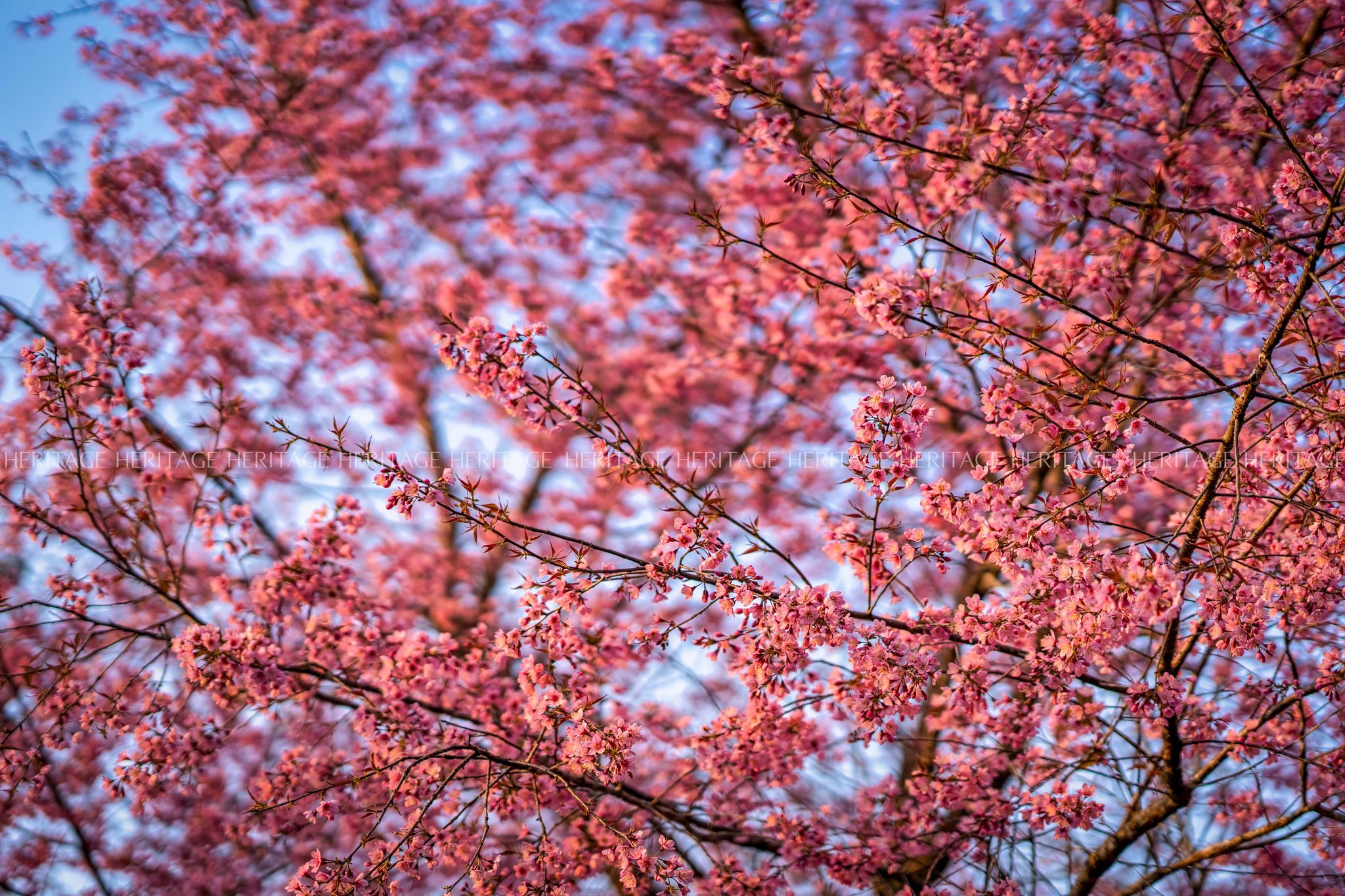



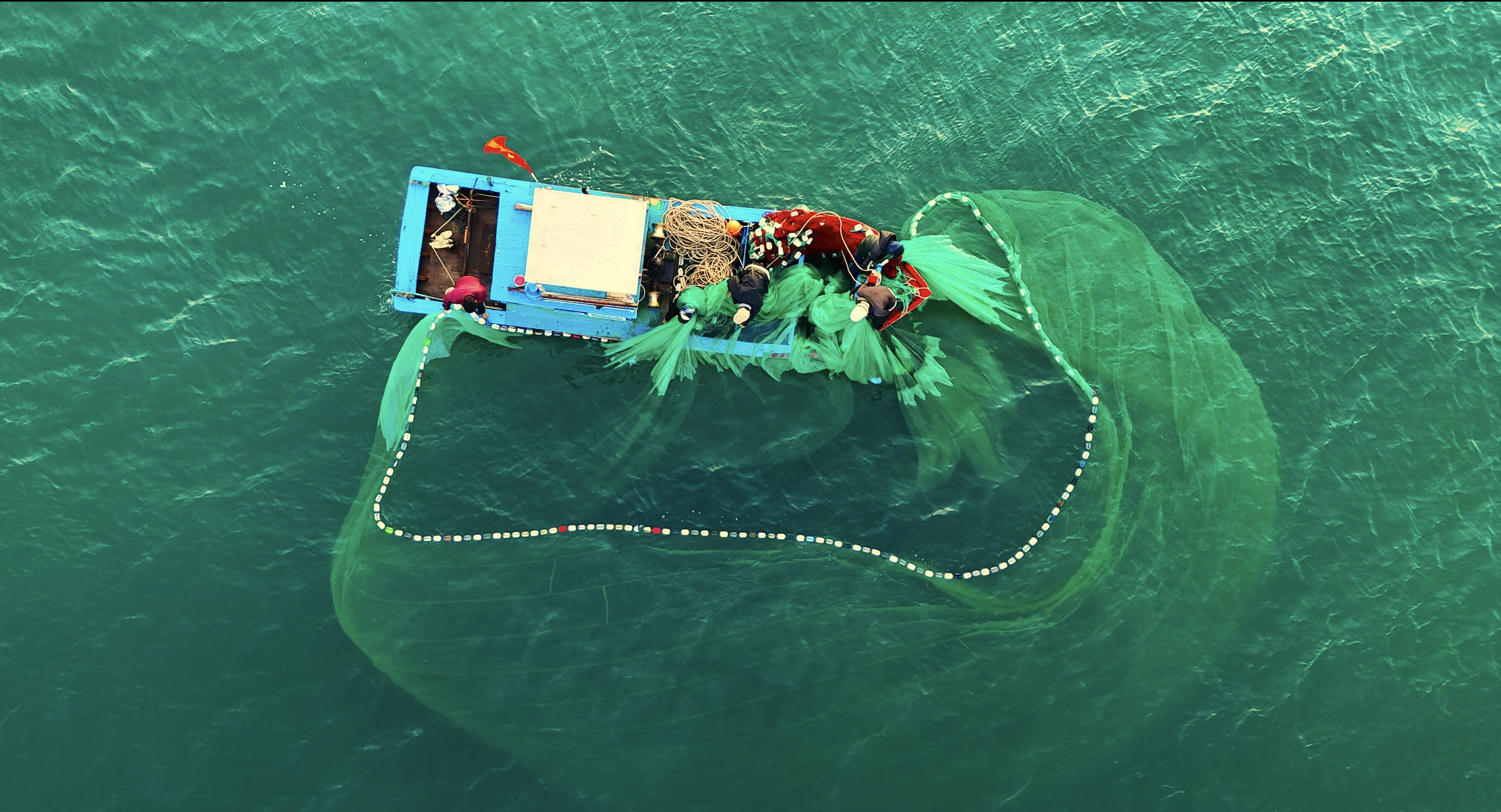





















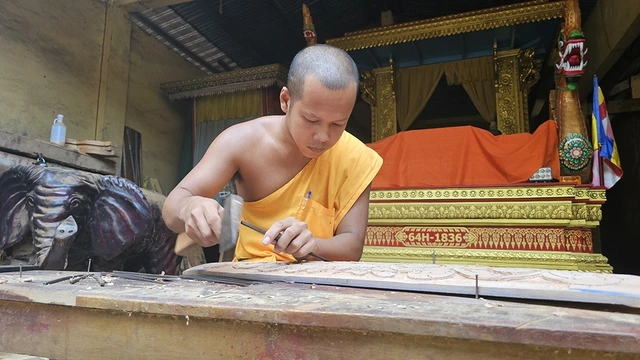

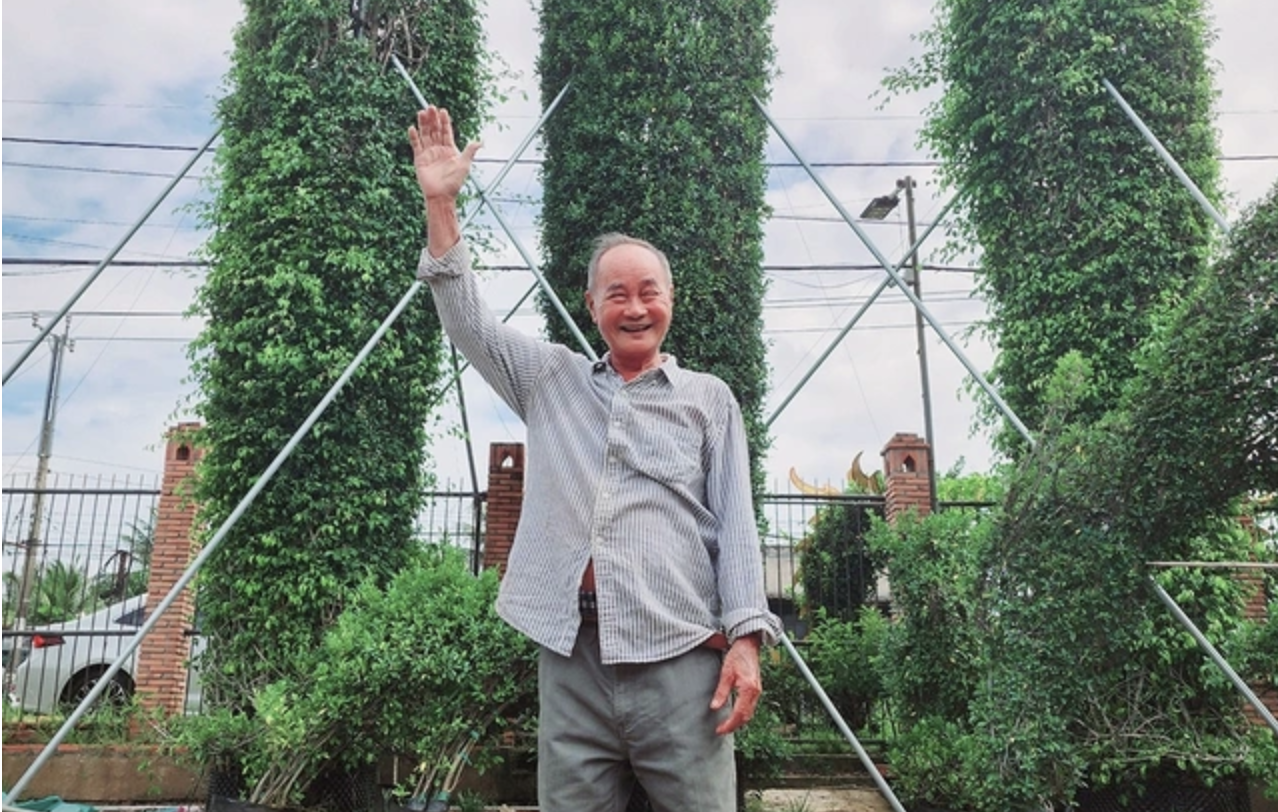
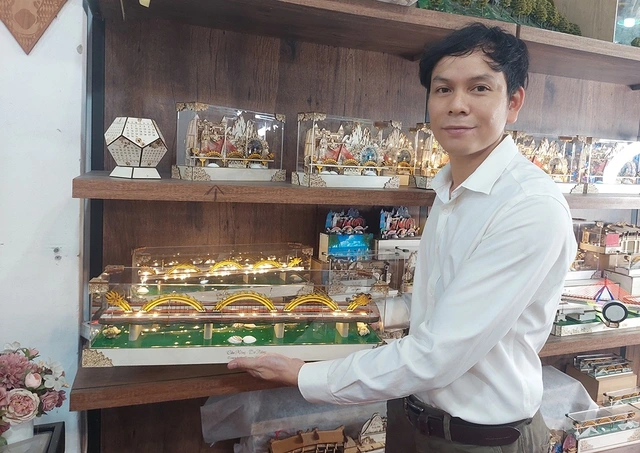
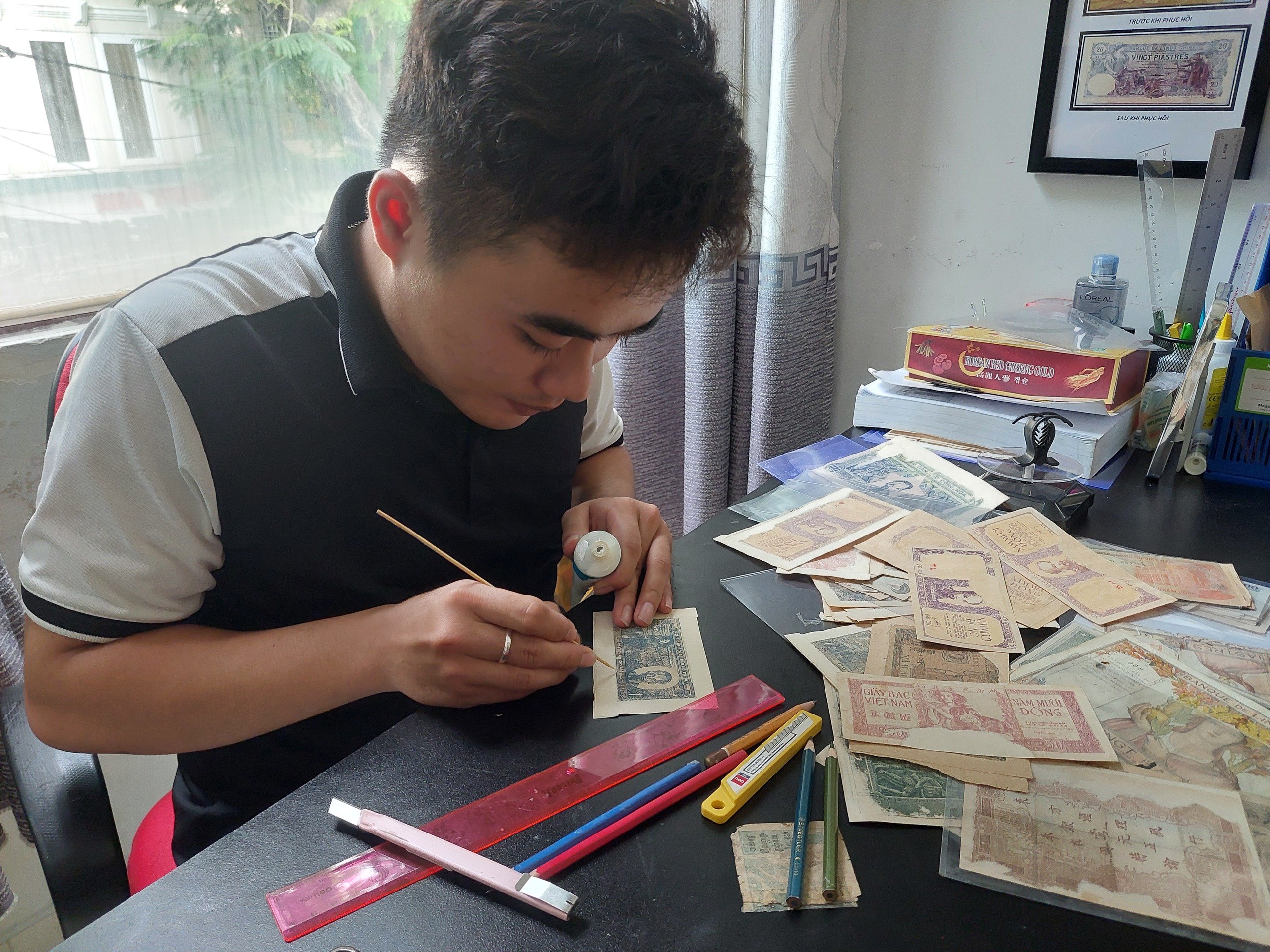


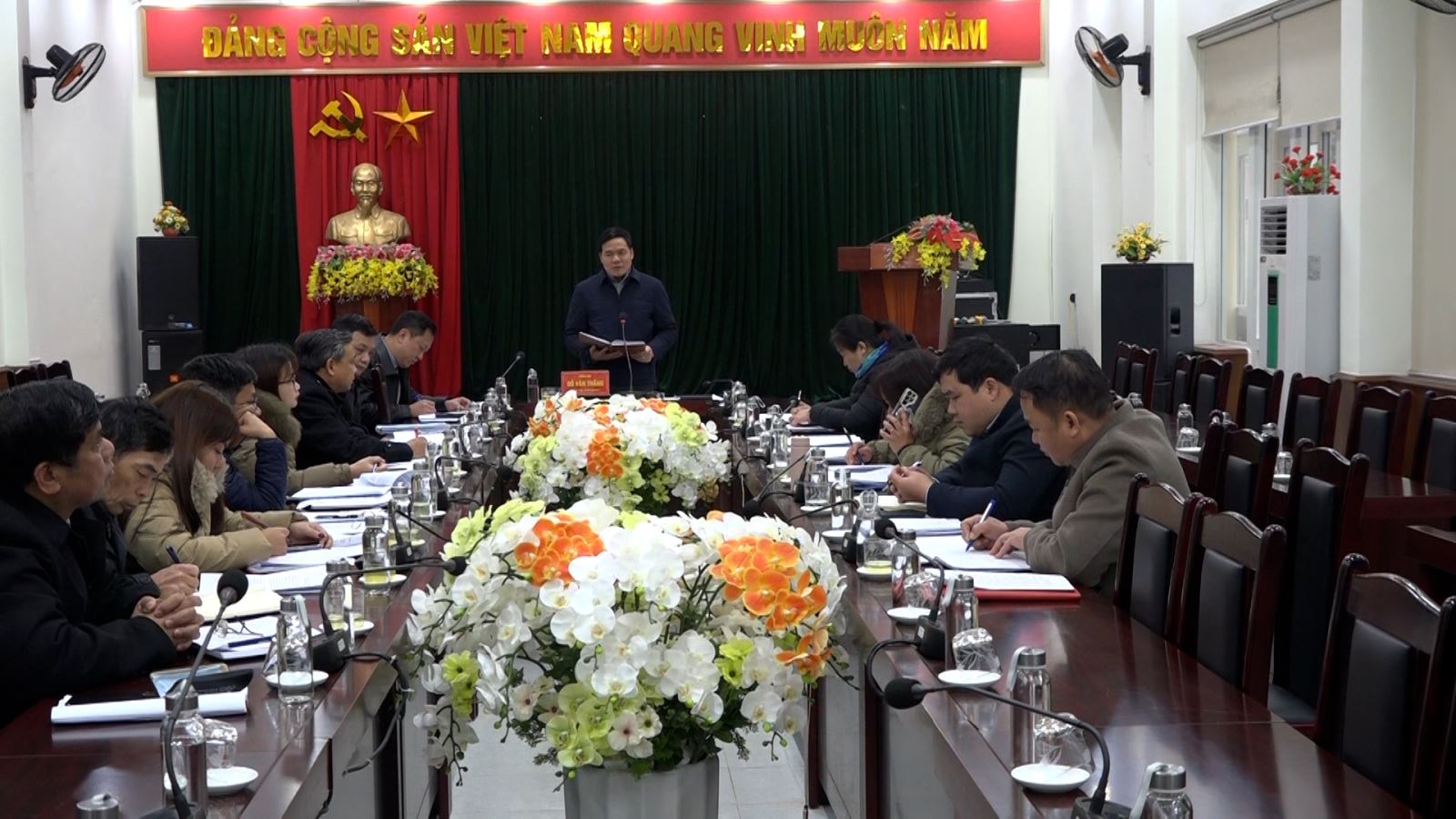
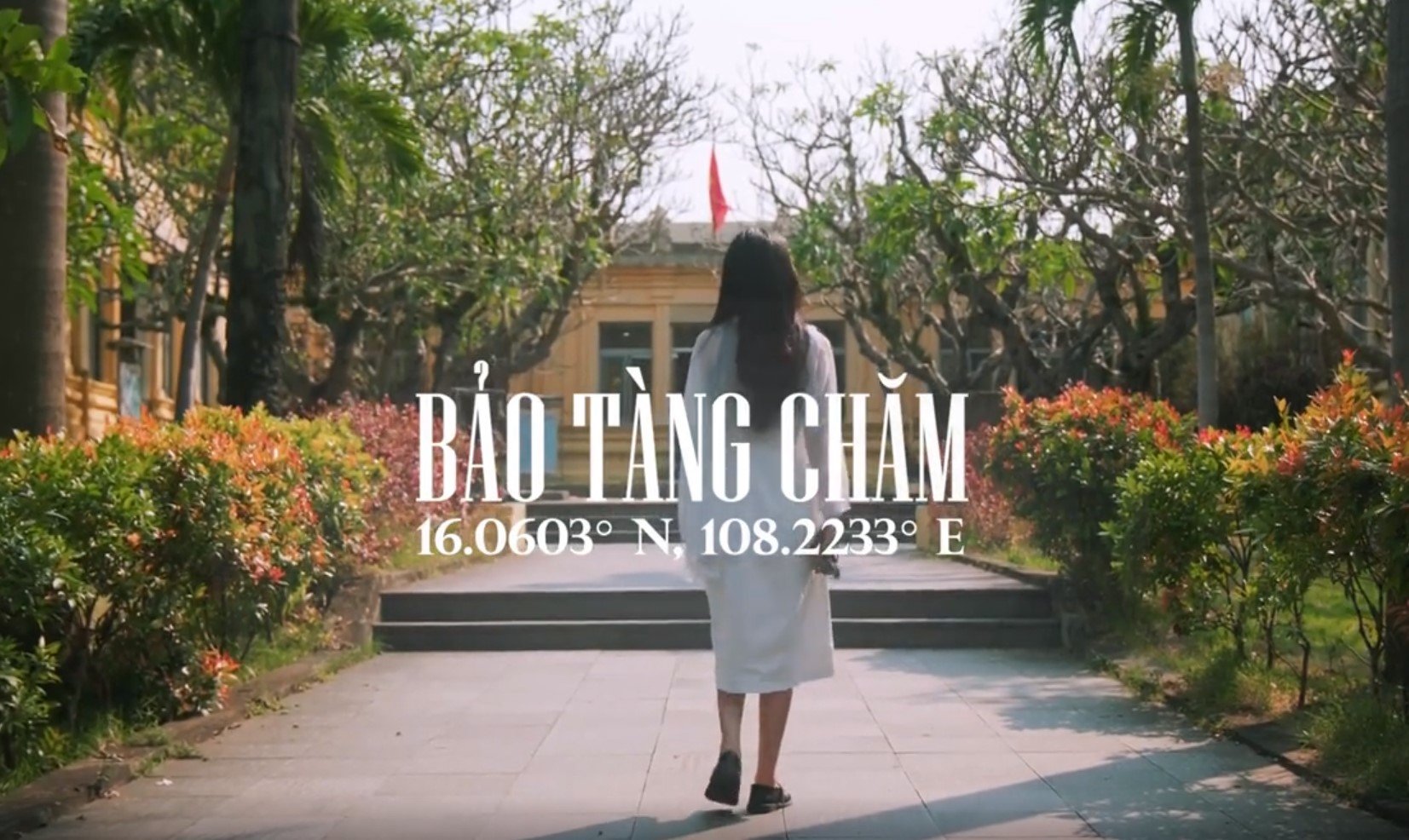
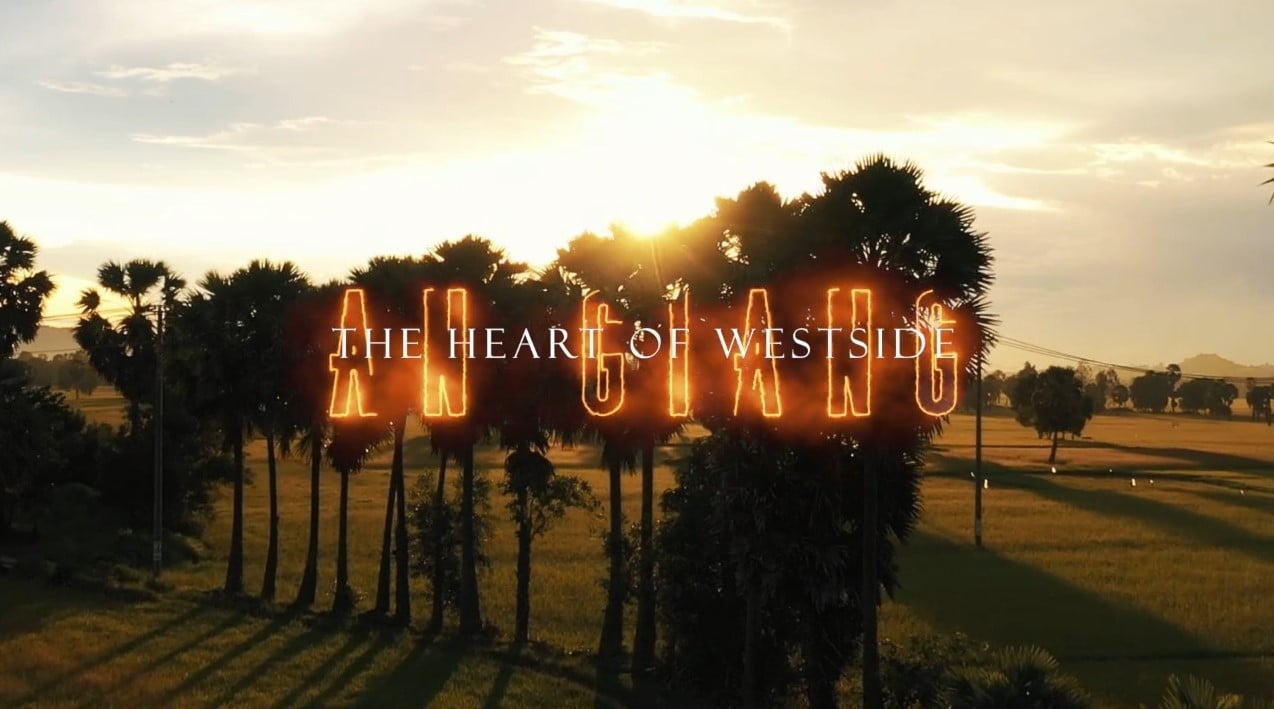


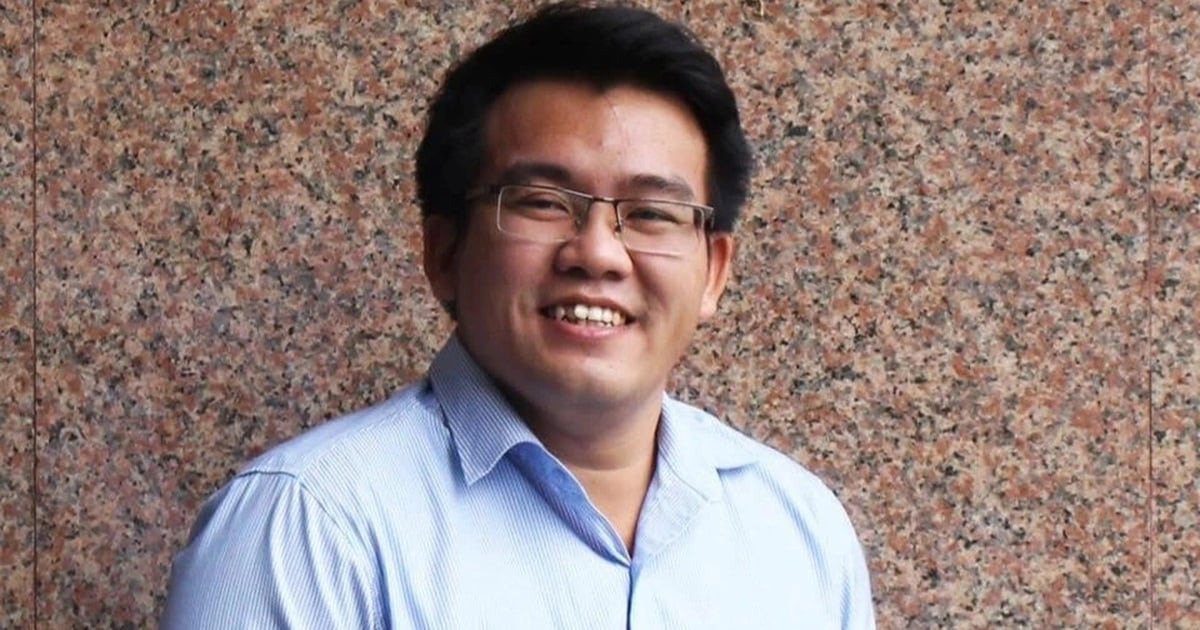

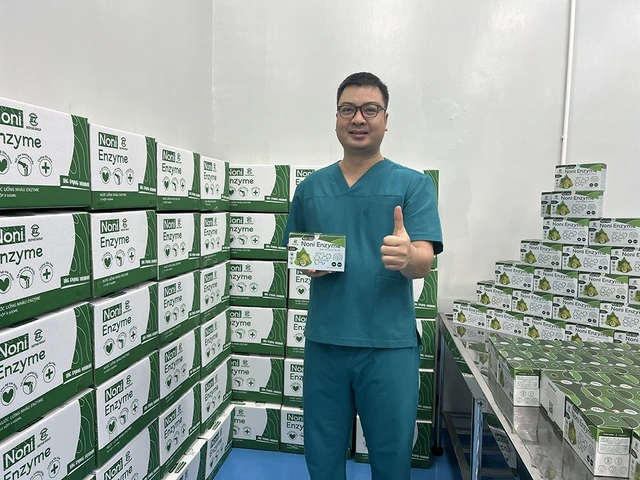




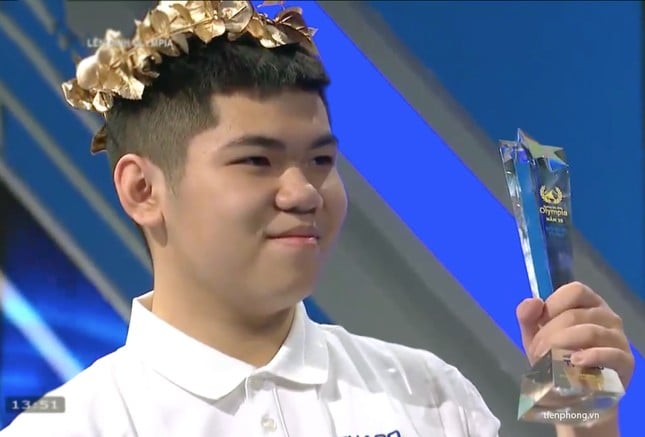

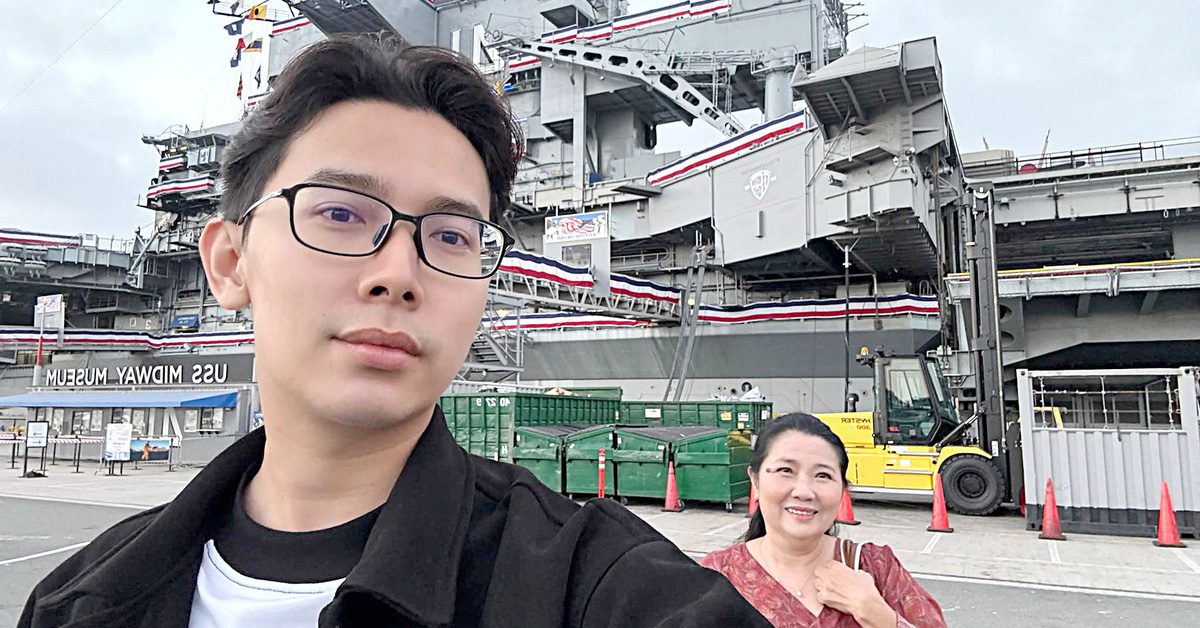




Comment (0)